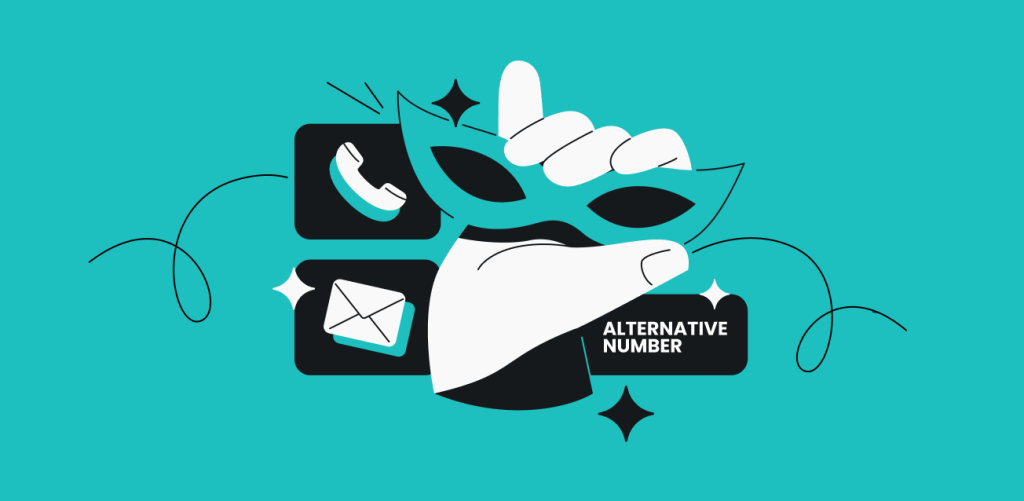
There’s no better time than Cybersecurity Awareness Month to release a totally free data leak-checking tool. Keep an eye on the safety of your personal info now. Ready to dive in and see how it works? Let’s go!
Table of contents
What is a Data Leak Checker?
It’s a free online tool powered by Alert that lets you check if your personal data has been compromised in a data leak. By entering your email, you can find out if your personal information has been exposed, allowing you to secure your accounts. Your email will stay private and won’t be used for marketing.
It’s a free tool that lets you stay informed and minimize the possible damages. Give it a try to see if your information is safe! Try Data Leak Checker here.
How does it work?
All you need to do is enter your email address into the field, and the Data Leak Checker will examine it for leaks. Your email will even be checked in two sources for database and malware data leaks. This means you’ll be shown leaks involving a website, product, or domain you have an account on, as well as cases when your email address becomes vulnerable due to malware on your device.
What information will you see?
After entering your email address, you’ll receive a report on leaked data. The report is divided into two parts: database breaches and malware attacks.
The database breach report shows the largest breached domains and compromised databases your info was a part of. Due to security reasons, this data may be hidden. However, complete, detailed information about the leak will be visible in Surfshark Alert.
In the malware attack monitoring report, you’ll see whether your email addresses may be vulnerable due to malware on your device — even if malware has been there for a long time.
The tool will inform you of threats so you can take action to prevent more damage.
What should you do if your data is leaked?
If you discover that your data has been leaked online, it’s crucial to act quickly to mitigate potential damage.
First, change the passwords for all affected accounts, ensuring each new password is strong and unique. Consider using a password manager to help generate and store them securely. In addition, enable two-factor authentication (2FA) on all accounts that offer it, which adds an extra layer of security.
After that, monitor your accounts for suspicious activity, such as unauthorized transactions or login attempts, and report any anomalies to the respective service providers. Be vigilant about phishing attempts, as attackers may use your leaked information to craft convincing scams. It’s also a good idea to invest in other tools that monitor your data safety.



